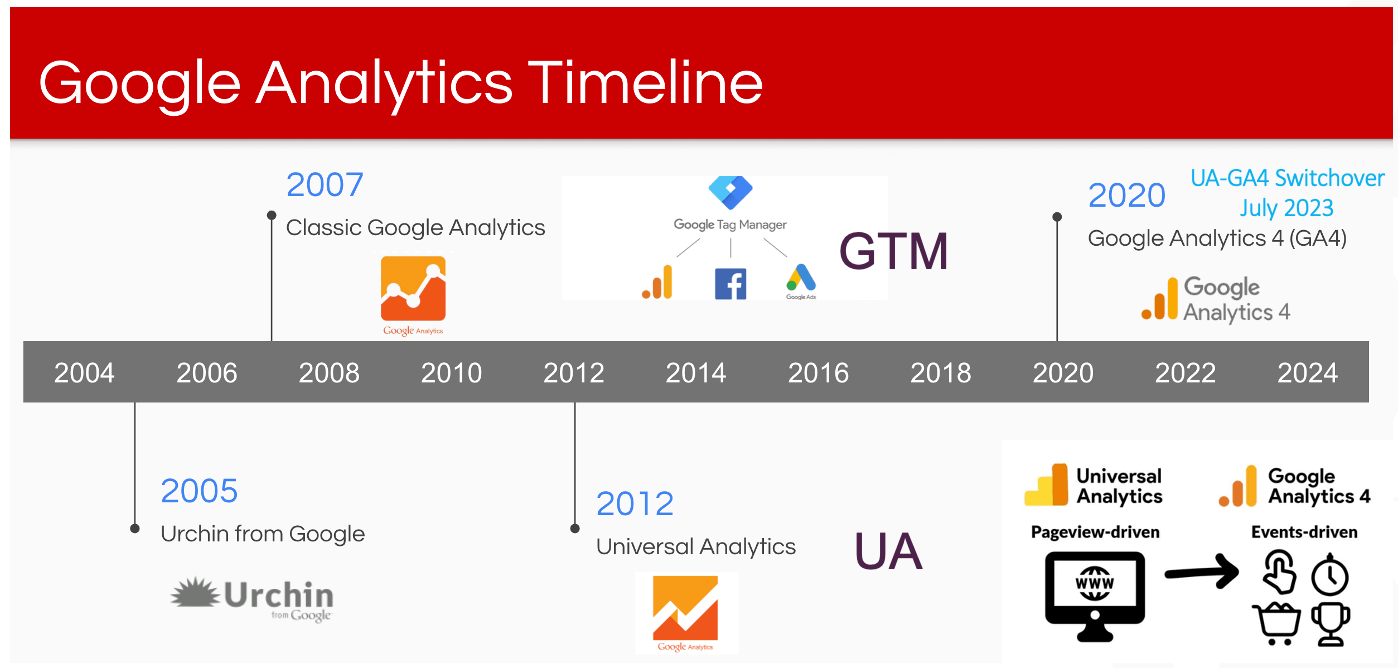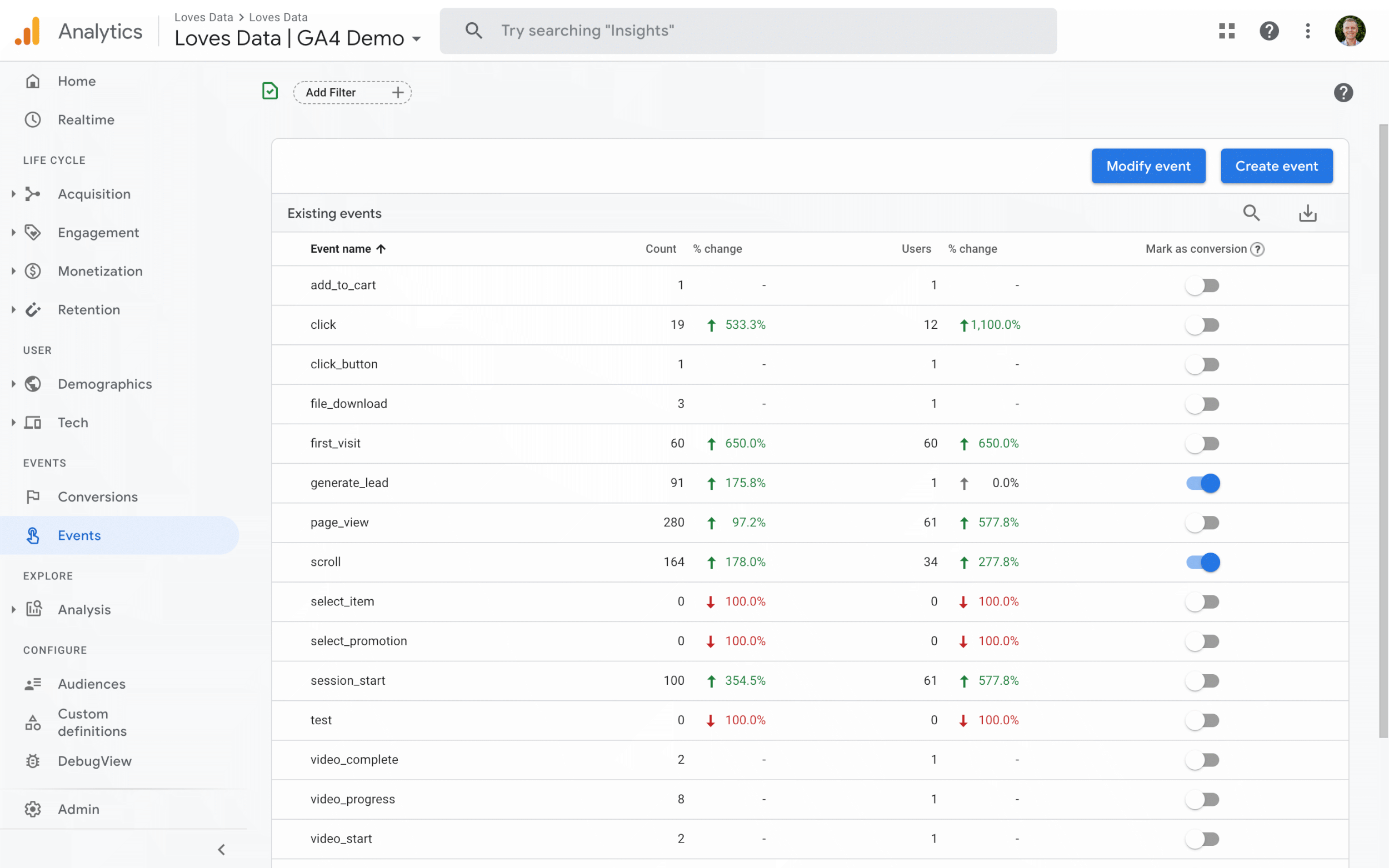Enhance Your Web Site Performance With Google Analytics Monitoring Code
In the electronic landscape, understanding individual communications with your internet site is important for optimization. This critical implementation not only notifies your choices yet also paves the method for an extra interesting user experience.
Understanding Google Analytics
Comprehending Google Analytics is crucial for website owners and marketers aiming to enhance their on-line visibility. This effective device gives crucial insights into individual habits, enabling stakeholders to make data-driven choices. By tracking different metrics, such as web page views, bounce rates, and individual demographics, Google Analytics aids recognize which facets of a website are performing well and which require improvement.
One of the essential features of Google Analytics is its ability to sector information. Users can analyze traffic resources, individual engagement, and conversion prices throughout different segments, such as geographical places or device kinds. This granularity allows online marketers to tailor their strategies to specific target markets, thus enhancing the performance of their campaigns.

Establishing Monitoring Code
To harness the full possibility of Google Analytics, setting up the monitoring code correctly is a basic step. The tracking code, a fragment of JavaScript, allows Google Analytics to accumulate data regarding customer interactions on your internet site.
Next, you'll need to install this code into the HTML of your web site. Preferably, place the tracking code simply before the closing tag on every web page you desire to keep track of. If you're making use of a content administration system (CMS) like WordPress, take into consideration using plugins that help with very easy integration.
After executing the code, it's crucial to verify its performance. Use the "Real-Time" records in Google Analytics to validate that data is being collected as expected. By making sure correct arrangement, you develop a strong foundation for effective data analysis and tactical decision-making to improve your site's efficiency.
Secret Metrics to Screen
Regularly keeping an eye on crucial metrics in Google Analytics is vital for evaluating your site's efficiency and user interaction. Among the fundamental metrics to track are page views, which provide insight right into just how often individuals check out different pages on your site. Additionally, unique site visitors aid you comprehend the reach of your material by suggesting the number of distinct customers are involving with your site over a given duration.
Bounce price is one more crucial metric, disclosing Click This Link the portion of visitors that leave your website after seeing only one web page. A high bounce rate may signify problems with content relevance or customer experience. On the other hand, session duration indicates just how long visitors remain on your site, helping you determine web content efficiency and user interest.
Conversion prices are important for gauging the success of your internet site in accomplishing details objectives, such as form entries or product acquisitions (when does the google analytics tracking code send an event hit to analytics?). Keeping an eye on traffic resources is likewise vital, as it assists recognize which channels drive one of the most traffic and conversions, permitting even more targeted advertising strategies
Analyzing Site Visitor Habits
Furthermore, tracking user paths with the site aids expose typical navigating patterns. This information is essential in establishing whether individuals can easily discover the content they look for or if they experience barriers that result in frustration. Recognizing high exit web pages can highlight areas that might need redesign or even my company more interesting material to retain site visitors.
Additionally, segmenting individuals based upon demographics, rate of interests, and actions offers a much deeper understanding of the target market. This segmentation makes it possible for organizations to tailor content and advertising and marketing strategies a lot more effectively, boosting the chance of conversions. Ultimately, examining site visitor behavior not only educates website enhancements however additionally fosters a much more user-centric technique, bring about improved fulfillment and commitment over time.
Carrying Out Data-Driven Adjustments
Applying data-driven changes is vital for boosting website performance and accomplishing service objectives. By leveraging understandings collected from Google Analytics, organizations can identify areas for improvement and make notified decisions to enhance customer experience.
First, analyze essential performance signs (KPIs) such as bounce rates, session duration, and conversion rates to identify particular problems influencing customer involvement - when does the google analytics tracking code send an event hit to analytics?. As an example, a high bounce rate on a landing page might indicate that the web content is not reverberating with site visitors or that the web page takes as well long to tons

Conclusion
Finally, the execution of Google Analytics tracking code is vital for maximizing site efficiency. By properly keeping an eye on customer behavior and essential metrics, Continue useful understandings can be gained, assisting in data-driven decision-making - when does the google analytics tracking code send an event hit to analytics?. This procedure not just enhances user experience however likewise straightens with more comprehensive business objectives. Constant evaluation and succeeding changes based upon accumulated information will certainly lead to sustained improvements, eventually contributing to the general efficiency and success of the internet site.
By tracking various metrics, such as page sights, bounce prices, and customer demographics, Google Analytics assists determine which elements of a site are carrying out well and which need improvement.
Users can analyze traffic sources, customer involvement, and conversion prices across different sectors, such as geographical places or device kinds. The monitoring code, a bit of JavaScript, allows Google Analytics to collect information concerning user communications on your site.Consistently checking crucial metrics in Google Analytics is vital for evaluating your website's efficiency and individual engagement. By leveraging Google Analytics, internet site owners can gain beneficial understandings into how individuals communicate with their site.
Comments on “When Does the Google Analytics Tracking Code Send an Event Hit to Analytics? Timing and Best Practices Explained”